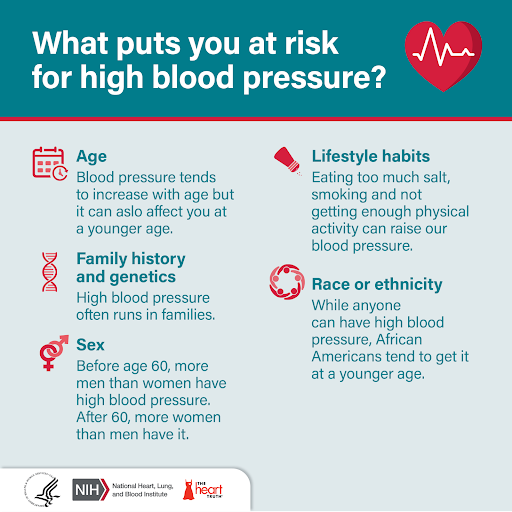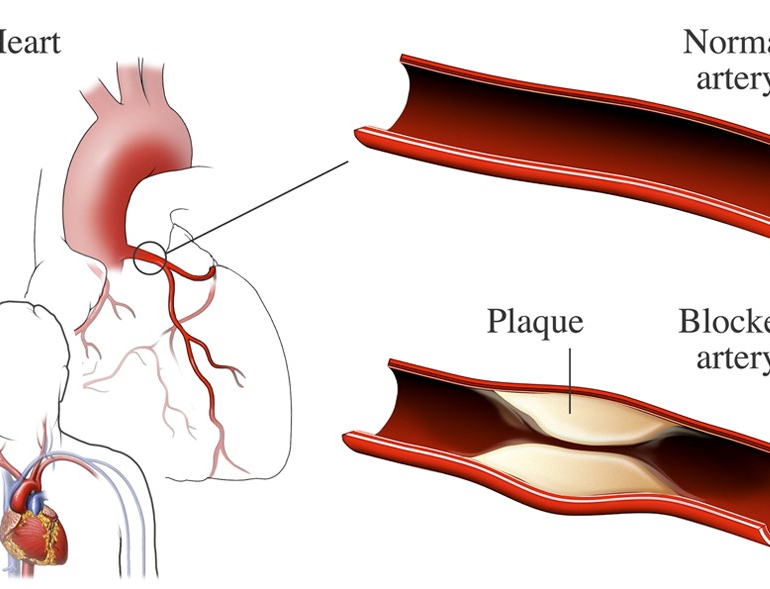To calculate the 10-year risk of having a heart attack, medical professionals often use a tool called the Framingham Risk Score, which estimates the risk based on various factors including age, gender, cholesterol levels, blood pressure, smoking status, and diabetes status. This tool is widely used and validated for predicting the risk of coronary heart disease events over a 10-year period. Here’s a simplified version of how it works:
1. Gather Information: Collect the following information:
- Age
- Gender
- Total cholesterol level (mg/dL)
- HDL cholesterol level (mg/dL)
- Systolic blood pressure (mm Hg)
- Whether the individual is taking medication for hypertension
- Smoking status (current smoker or not)
- Diabetes status (yes or no)
2. Calculate LDL Cholesterol: If the LDL cholesterol level is not directly available, it can be estimated using the Friedewald equation:
- LDL cholesterol = Total cholesterol – HDL cholesterol – (Triglycerides / 5)
- Note: This equation is not accurate if triglyceride levels are very high (>400 mg/dL).
3. Determine Risk Factors: Assign points based on the following criteria:
- Age: Points increase with age.
- Gender: Men typically have higher risk scores than women of the same age.
- Total cholesterol level
- HDL cholesterol level
- Systolic blood pressure
- Smoking status
- Diabetes status
4. Calculate Risk Score: Use a validated risk calculator or formula to determine the 10-year risk of having a heart attack based on the points assigned to each risk factor.
5. Interpret Results: The calculated risk score will provide an estimate of the individual’s 10-year risk of having a heart attack. This risk score can help guide decisions regarding preventive measures and treatment options.
It’s important to note that the Framingham Risk Score is just one tool used to assess cardiovascular risk, and it does not account for all possible risk factors. Other factors such as family history, diet, physical activity level, and other medical conditions may also influence an individual’s risk of heart disease. Therefore, it’s essential to consult with a healthcare professional for a comprehensive assessment of cardiovascular risk and appropriate management strategies.
Link:
https://tools.acc.org/ascvd-risk-estimator-plus/#!/calculate/estimate/




